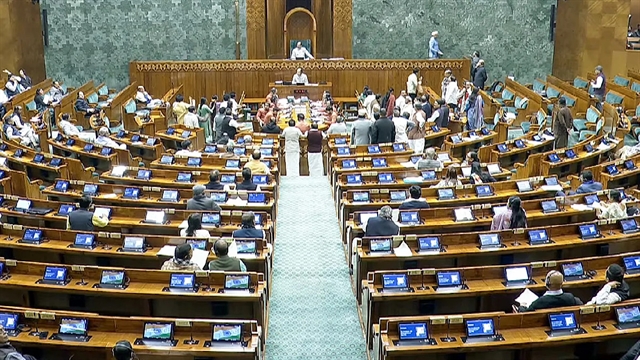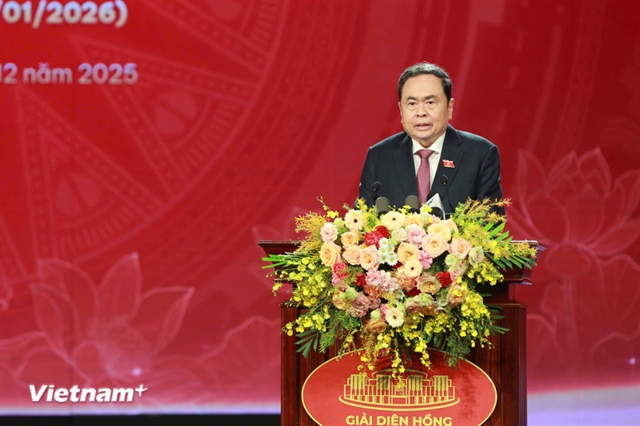 Life & Style
Life & Style

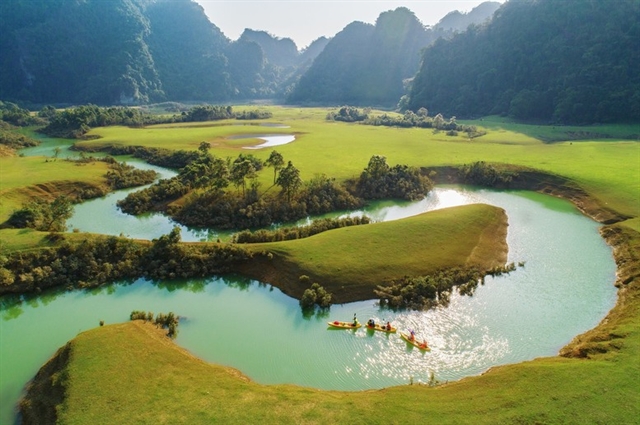 |
| Lạng Sơn UNESCO Global Geopark, located in northern Việt Nam, is recognised earlier this year as Việt Nam's fourth Global Geopark. Photo of MoCST |
HÀ NỘI — As interest in geotourism gathers pace worldwide, Việt Nam’s four UNESCO Global Geoparks look set to draw an even larger number of visitors keen to explore the country’s unique geological wonders.
The Việt Nam Institute of Culture, Arts, Sports and Tourism (VICAST) recently gathered feedback from representatives of local tourism authorities, experts, researchers and travel enterprises at a workshop on the project Tourism Development at UNESCO Global Geoparks in Việt Nam.
The initiative aims to turn potential into reality and boost tourism growth in these destinations and across the country.
“Geotourism is a new trend in Việt Nam associated with green tourism, community ecology, agriculture, responsible tourism and educational tourism in combination with scientific research on geology, biodiversity environment and archaeology. These sustainable tourism types receive strong support and interest from the Party, government and localities,” said Doctor Hoàng Thị Bình, VICAST deputy director.
“Global Geopark is a noble title according to strict criteria, standards and conditions; assessed, re-evaluated and re-recognised every four years. Therefore, the honoured Global Geopark have great advantages in socio-economic development, culture - education, sustainable development, heritage conservation and tourism development, increasing prestige to promote and attract domestic and international tourists.
“Việt Nam has had four UNESCO Global Geoparks which are members of the Global Geoparks Network: Đồng Văn Karst Plateau, Non Nước Cao Bằng, Đắk Nông and Lạng Sơn.
“Each park boasts distinct and characteristic values in geology, geomorphology, mineralogy and biodiversity among others. This offers a major advantage and potential for localities to develop and benefit from tourism.”
Localities have been paying close attention to preserving and effectively developing their tourism industries based on global geopark resources.
Some places have already become well-known destinations such as Tu Sản Canyon, Thạch Sơn Thần Limestone Pillars, Mã Pí Lèng Pass and Lô Lô Chải Tourism Village in Tuyên Quang Province; the karst landscape of Bản Giốc Waterfall, Ngườm Ngao Cave and Nà Vị Ancient Stone Village in Cao Bằng; the volcanic landscape and cave systems and Tà Đùng Lake in Đắk Nông; and Mẫu Sơn Mountain, the karst landscape of Bắc Sơn and Hữu Liên Eco-tourism Village in Lạng Sơn.
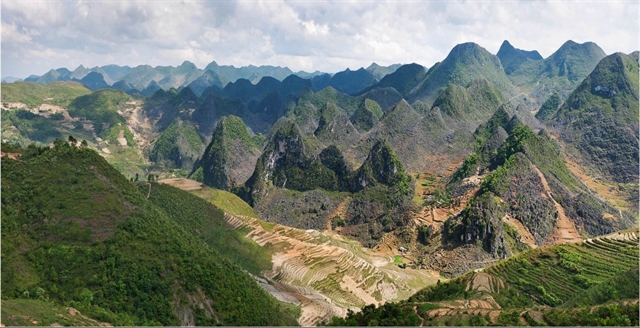 |
| An overview of the UNESCO Geopark of Đồng Văn Karst Plateau. VNA/VNS Photo |
Head of the project Dr Lê Quang Đăng said tourism development activities in the Vietnamese UNESCO geoparks had been well carried out and achieved remarkable results.
They created jobs and sustainable livelihoods for local communities. Localities also focused on preserving and effectively exploiting the values of geopark resources to develop tourism.
However, there were still difficulties and challenges following the merging of localities and the implementation of the two-tier local administration model. These included overlap in state management of tourism, a lack of unity in management, poor tourism products, limited tourism infrastructure and the low quality of human resources in the tourism sector.
Dr Đăng affirmed that it was necessary to have a comprehensive solution from state management agencies, local authorities, the tourism business community and local people to address these “difficult problems.”
At the workshop, delegates, based on the current status of conservation and promotion of heritage values and tourism resources at global geoparks, offered their ideas and suggestions on how to develop tourism products and links between destinations, improve human resources and promote the role and participation of local communities.
Phạm Thị Hương, head of the Lạng Sơn Geopark Management Department, said the key solution was to build and develop unique, distinctive and highly competitive tourism products such as geological and cave exploration tourism and adventure tourism in these global geoparks.
In her view, it was necessary to establish a set of criteria and pilot models in the communes. The most effective ones would then be applied and gradually expanded throughout the province.
According to Associate Professor Dr Nguyễn Thị Nguyên Hồng, former head of the Faculty of Hotel and Tourism at the University of Commerce, tourism development in Việt Nam’s UNESCO Global Geoparks could only achieve true sustainability when local communities became the key drivers, actively participating in creation, co-management and sharing the benefits.
Hồng said: “The government and state management agencies should empower local communities to participate in planning, decision-making and managing tourism activities. They also need to provide financial and technical support for cultural preservation and ensure that tourism development is closely connected with indigenous culture through community-based tourism initiatives.”
Meanwhile, enterprises should also prioritise employing local labour and providing incentives and career development opportunities for local workers – particularly young people – to ensure that tourism growth contributes directly to community development.
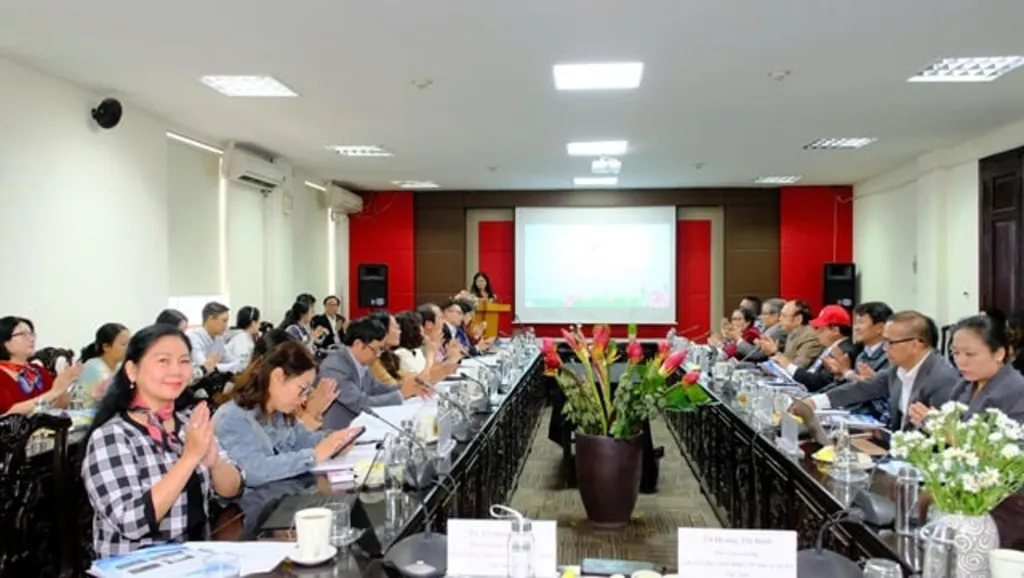 |
| Tourism experts and geology researchers take part in the workshop. VNA/VNS Photo |
Director of Travelogy Vietnam Tourism Company Vũ Văn Tuyên said: “If we consider the geopark as an outdoor museum, the travel agency is the storyteller who helps tourists understand and feel the soul of the limestone.
“Travel businesses have designed many geological tours combining local cultural experiences and have made efforts to create tourism products associated with geology that are different from conventional tourism.
“They have transformed geological rocks, caves and mountains into tourism products that bring vivid experiences with emotional and educational value to tourists.
“The government needs to have a comprehensive strategy and a multi-sector coordination mechanism in which travel businesses play a key role, accompanying the State and local management boards.”
Experts also recommended that localities develop distinctive tourism products connected to their geological heritage, setting them apart from existing types of tourism.
They emphasised the need to strengthen local human resource training, enhance the application of digital technologies, boost communication and international cooperation, and have specific policies, mechanisms and preferential measures to attract investment in geotourism. They also encouraged businesses and local communities to participate in tourism activities and promote tourism development in harmony with conservation and sustainability goals.
Dr Đăng added that there was still a great deal of work to do to develop tourism in UNESCO Global Geoparks in Việt Nam. The proposals and recommendations shared at the workshop offered practical solutions for all related parties. Once implemented, they would strengthen the national tourism brand and attract more domestic and international visitors. VNS

.jpg)
